

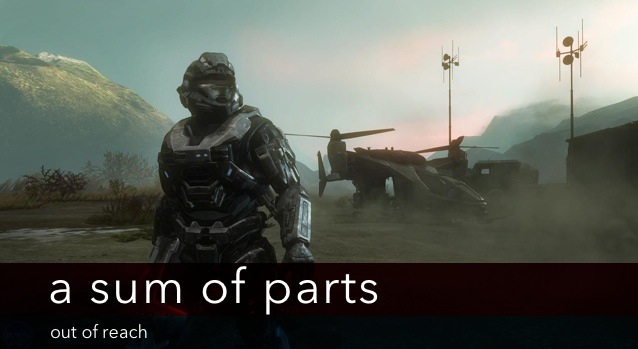
Games are played to be won.
But videogames are often played to be lost. Many arcade games, from Space Invaders to Ziggurat, are not about winning so much as not losing for as long as possible. In more recent years, even narrative-driven videogames have turned towards losing, to tragic tales of playable characters who end up either dead or in worse circumstances than when the game started. Many such games are literally win-lose. You ‘win’ in the sense that you might finish the last level and see the credits roll, but you ‘lose’ in the sense that the outcome of your actions isn’t the ideal outcome the characters desired.
Such a paradoxic result can be a hard thing for a videogame to set up. After the many hours the player has committed to a videogame, its story, and their character, a tragic ending can feel traitorous. Often, the player does everything the game asks them to do, but then the playable character fails to do something in a cut-scene, and that is that. Aiming for tragic, many videogames just leave players feeling cheated.
This month I’ll be looking at a game that did tragedy well: Halo Reach. As a prequel to the Halo trilogy, any player who has previously engaged with the franchise knows that Reach is going to end badly. The planet Reach is humanity’s penultimate defence against the Covenant. Before the beginning of Halo, Reach fell, and every Spartan besides Master Chief went down with it.
Right from the start, then, Reach has an advantage over other tragic videogames: the player knows things are going to go bad before they have even purchased the game. This is Star Wars: Episode III. Nothing good is going to come of this. From the start, we are prepared to fall.
Or are we? Reach wants to make sure we as players truly understand what is at stake here. It wants to ensure that we willingly march into this battle knowing we won’t win. Right from the start, from the opening seconds of the introductory cut-scene, it wants us to know what we are going to lose, and we are going to die.
This is your Spartan, your own footprint on this world. For me—for many players, I’m sure—who I am matters.Unlike previous Halos where the single-player character was a preset, specific character, Reach’s Noble Six can be customised and tailor-made by the player. Master Chief is the Master Chief, but Noble Six is your Noble Six. She can be a man or a woman (like Mass Effect, Reach has commendably recorded voice-over audio for each); she can wear all kinds of armour that can be painted all kinds of colours. In the game and in the cut-scenes, it is the player’s own personalised spartan that participates in the story.
Before choosing ‘New Game’ the first time you play, Reach takes you to the character customisation screen to make your own personalised version of Noble Six. Even with the limited options available at this point (more can be unlocked from gaining XP in multiplayer), players might spend many minutes matching shoulder armour to helmet, primary colour to secondary colour, logo to logo background. This is your Spartan, your own footprint on this world. For me—for many players, I’m sure—who I am matters.
So I make my own Noble Six (her armour is white, with red highlights) and start the game. The opening cut-scene sets the stage: showing the planet we all know will fall as it looks from space. Once the camera finds its way to the planet’s surface, the first thing we see is a battered, destroyed Spartan helmet, smouldering in the ruins of battle. The visor looks like a bullet has smashed right through the glass. There’s no doubt about it: whoever wore this helmet is dead now. Reach has fallen.
But the helmet is not just any helmet. It’s my helmet, the one I customised and tweaked just moments before on the customisation menu. The colours I chose are just visible through the dirt and grime. The shape is battered, but it is unmistakably the helmet I designed.
It’s a powerful juxtaposition between a pre-game menu and an opening cut scene. Before I have even started playing, Reach has forced me to accept the futility of what I am about to set out to do. I knew things were going to go bad before I even plucked the game off the store shelf, but I still invested the time into making my own character, as though there would be any permanence to my life. Straight away, Reach wants me to accept, yes, I will die. It wants me to accept this, and then to do what needs to be done anyway. Playing the game is only going to bring that death closer. I will fail. I will lose.
The destroyed helmet blends into another screen. I am in first-person, holding the polished, new helmet in my hands. Noble Six turns the helmet (pristine, just like I made it) it left and right in her hands, inspecting it, as though to assure me that, yes, for now, we are still alive.
Finally, she puts it on and the game begins. I’ve seen how I will die, and I begin my march towards the end.
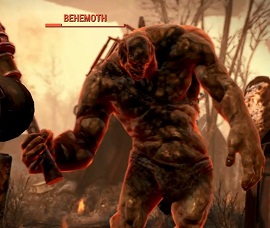
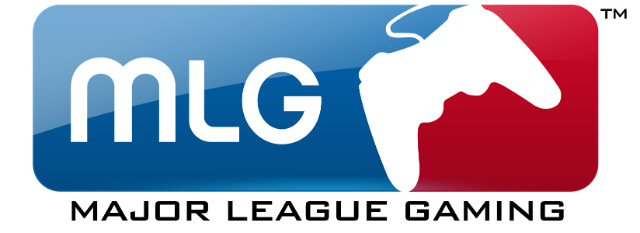

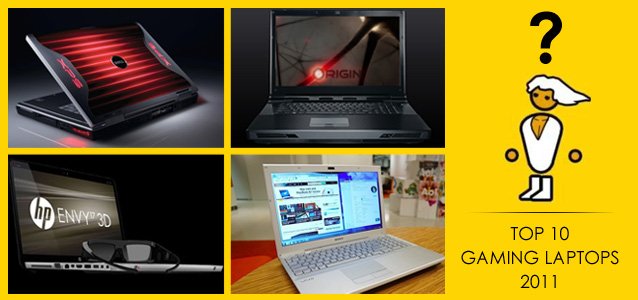
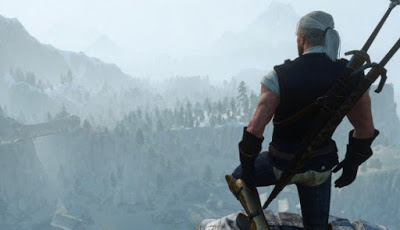 The Witcher 3: final endings guide - the most important decisions
The Witcher 3: final endings guide - the most important decisions Yu-Gi-Oh! GX Duel Academy GBA Video Game Cheat Codes
Yu-Gi-Oh! GX Duel Academy GBA Video Game Cheat Codes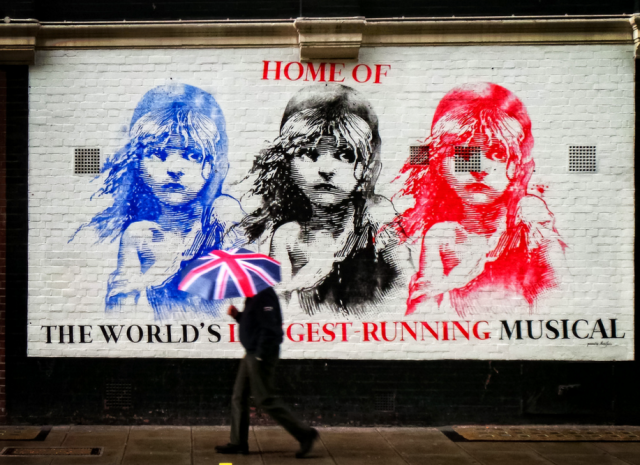 When Is It Better To Choose Web Apps Over Native Mac Apps?
When Is It Better To Choose Web Apps Over Native Mac Apps?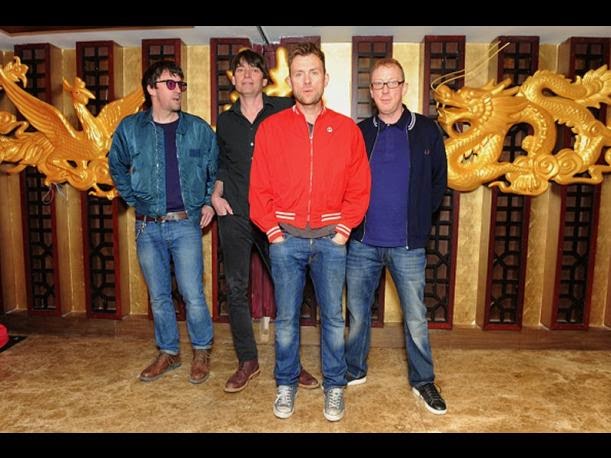 The Magic Whip: Blur to release a new album in April
The Magic Whip: Blur to release a new album in April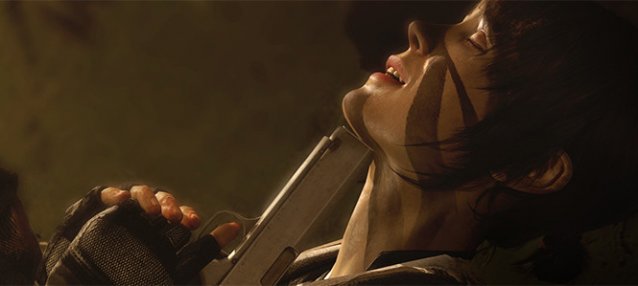 Beyond: Two Souls -- How Narrative Design Can Make a Game an Experience
Beyond: Two Souls -- How Narrative Design Can Make a Game an Experience